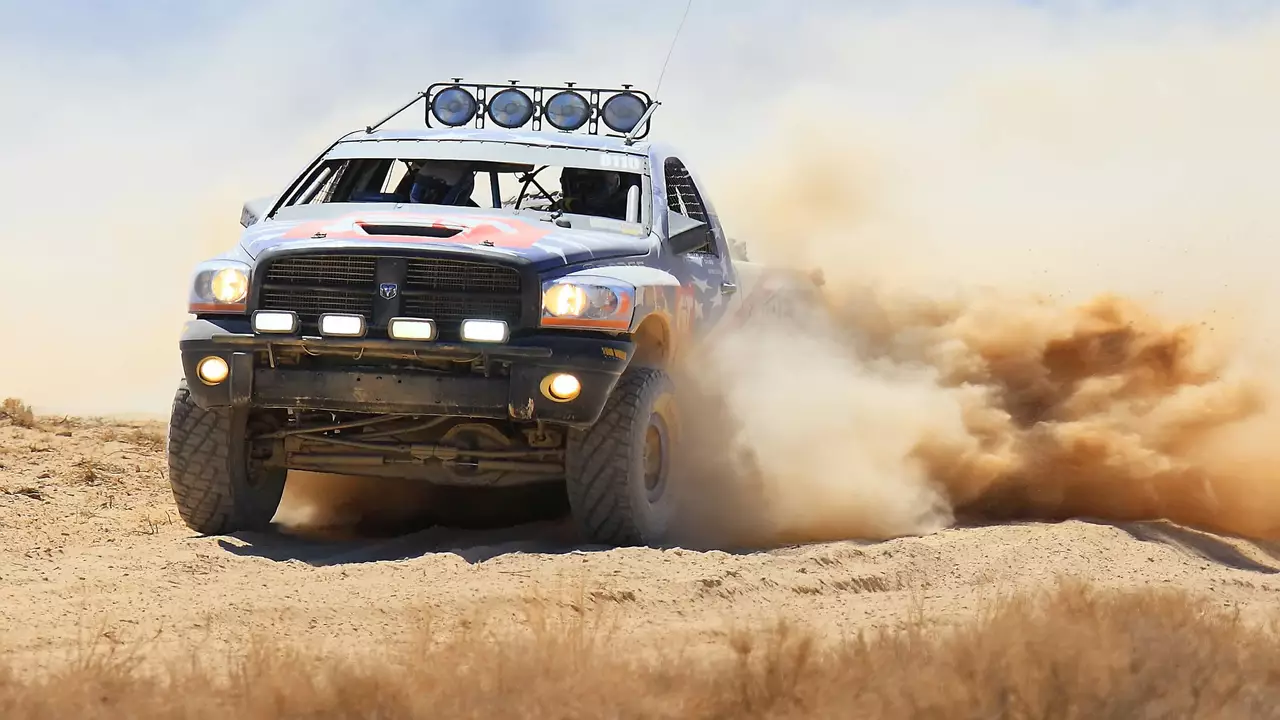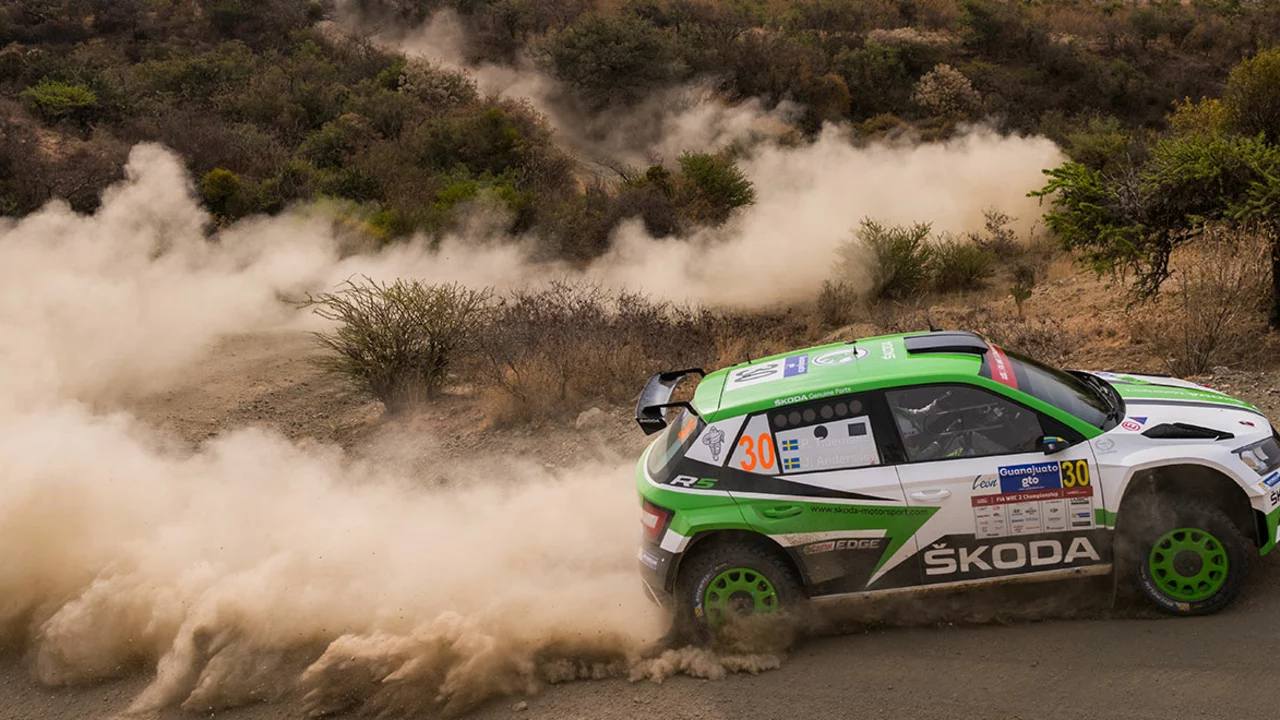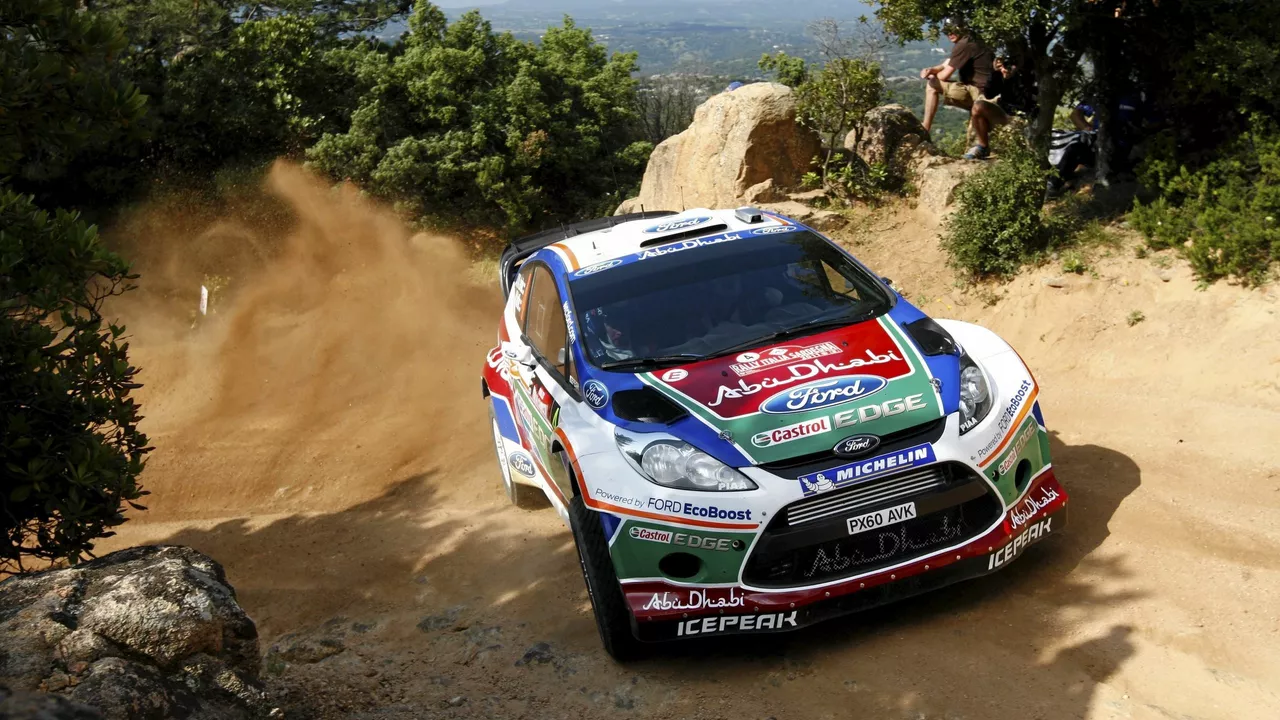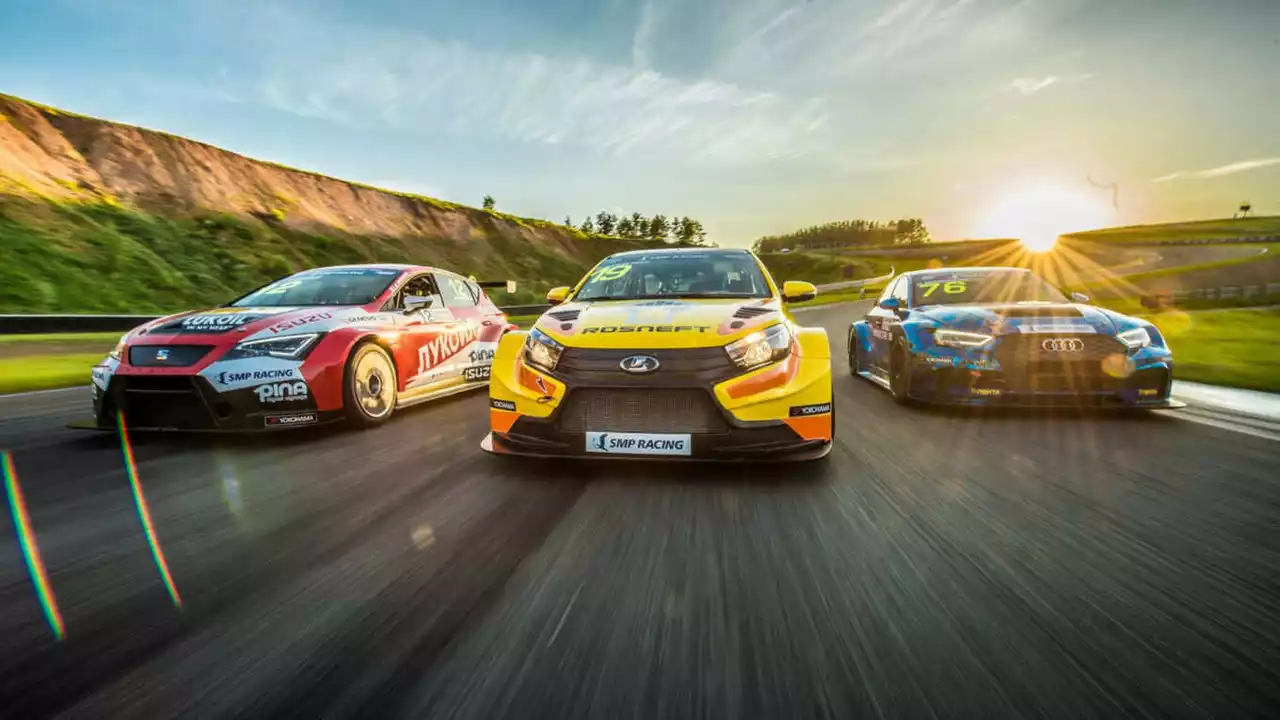Rally Car Insights from July 2023 – Off‑Road, Handbrake, FWD & Race Strategy
July was packed with quick answers for anyone who loves the roar of a rally car. We broke down four hot questions that pop up in forums, and the replies are short enough to read on a coffee break. If you’re wondering whether a rally car can handle mud, if you need a handbrake for tight corners, whether a front‑wheel‑drive (FWD) machine can survive a rally, or how rally tactics differ from Formula 1, you’re in the right spot.
Off‑Road Power and Handbrake Tricks
First up: are rally cars meant for off‑road? The short answer is a big yes. Rally cars are engineered like off‑road superheroes. They get reinforced suspensions, higher ground clearance, and tires that bite into gravel, mud, and snow. That design lets them launch over dunes, slide through puddles, and still keep a grip on tarmac when the stage switches back to pavement.
Next, the handbrake question. Every rally driver you see pulling a sudden left or right is flirting with the handbrake. It’s not a fancy add‑on; it’s a core tool for tight hairpins and “j‑turns” where you need the rear wheels to lock and swing the car around. A quick pull lets the driver rotate the rear end without losing too much speed, which is crucial when you’re fighting for the best line on a twisty forest route.
Drive Layouts and Strategy Showdown
What about front‑wheel‑drive (FWD) cars in rally? Many think FWD is only good for daily commuters, but it can hold its own on certain rally stages. The weight sits over the drive wheels, giving decent traction on loose surfaces, especially when the road isn’t too slippery. FWD also offers predictable handling, which helps drivers focus on reading the terrain instead of battling unpredictable oversteer. Still, on deep mud or icy gravel, a four‑wheel‑drive (4WD) or rear‑wheel‑drive (RWD) might pull ahead.
Finally, the big strategy comparison: rally versus Formula 1. Rally racing is a marathon of varying surfaces, weather, and surprise obstacles. Drivers pace themselves, conserve the car, and plan each split so they don’t blow a tire on a rocky patch. Pit stops are rare; instead, service crews work at the end of each stage. In F1, the circuit is fixed, the car runs at its limits lap after lap, and teams use pit strategy to change tires or fix minor issues. The focus in F1 is pure speed and split‑second overtaking, while rally is about survival, consistency, and reading the road ahead.
All four topics share a common theme: rally racing rewards drivers who understand their machine and the terrain. Whether you’re a beginner thinking about buying a rally‑ready car, an experienced driver polishing your handbrake technique, or a fan comparing rally to other motorsports, the July posts give you concrete answers without the fluff.
Got more questions? Keep an eye on the archive for deeper dives, driver interviews, and the latest rally news. The next set of posts will explore tyre choices, budget builds, and how to set up a car for mixed‑surface stages. Until then, hit the road, practice that handbrake, and enjoy the mud‑splashing fun of rally racing.

Are rally cars meant for off-road?
Well, buckle up folks, because we're diving into the wild, mud-splattering world of rally cars! Now, these beasts may look like your everyday grocery-getters but they're as different from them as I am from Brad Pitt. Truth is, rally cars are built for off-road adventures - they're like superheroes of the car world, ready to leap over gravel, mud, and snow in a single bound! So, yes, they are definitely meant for off-road, but they can also show-off on tarmac as well. Just don't try taking your mom's sedan off-roading, unless you fancy a hefty repair bill!

Do Rally Drivers use handbrake?
As someone deeply interested in rally driving, I've done some research into whether rally drivers use handbrakes. Turns out, they absolutely do! Handbrakes play a vital role in navigating tight corners or executing sharp turns, something a rally driver often encounters. It's interesting to know that the handbrake can be such an essential tool in controlling a car's movement. So, yes, rally drivers do make good use of their handbrakes during races.

Is FWD good for a rally?
After digging into the subject, it seems that FWD cars can indeed be suitable for rally racing. Many people appreciate their predictable handling and the fact that the weight is concentrated over the drive wheels, which can improve traction. However, whether or not FWD is the best choice really depends on the specific conditions of the race. While they may struggle in some off-road conditions compared to RWD or 4WD vehicles, FWD cars can certainly hold their own in a rally setting. So, don't write off FWD for rally just yet - with the right skills and conditions, they can be quite effective.

How does race driving strategy differ between rally and F1?
Racing strategies vary greatly between rally and F1 races, folks. Rally racing is all about endurance and mastering unpredictable terrains, so drivers often prioritize careful navigation and car preservation. On the other hand, F1 racing is a flat-out sprint on a defined circuit, where precision and speed are paramount, and drivers focus on aggressive overtaking and strategic pit stops. Essentially, rally drivers are playing the long game, while F1 drivers are all about that instant burst of speed and tactical execution. It's fascinating how one sport can have such diverse approaches, isn't it?